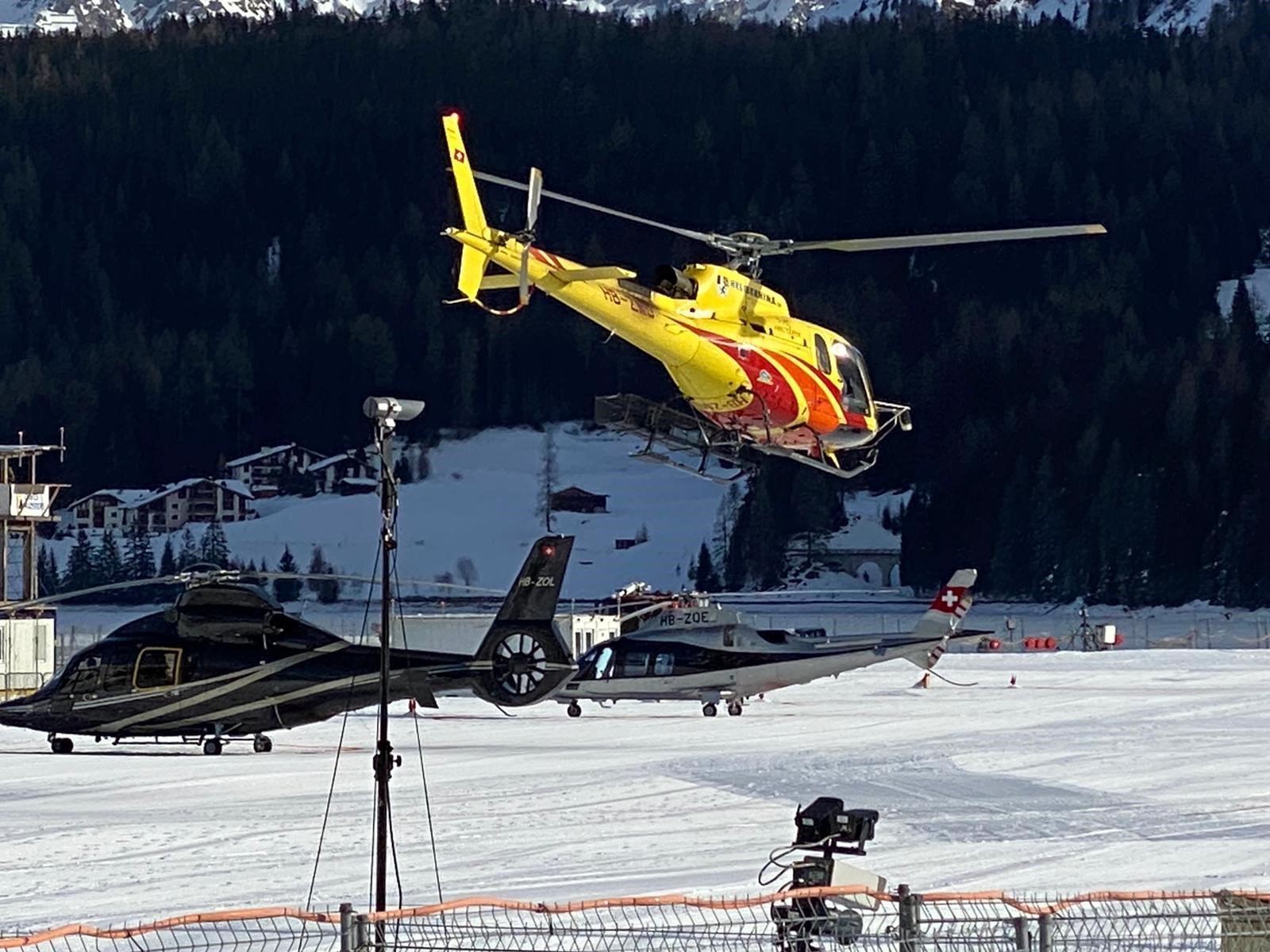By Josh Smith
Part 1: The Evolution of Threat Sophistication at WEF 2025
How evolving protest tactics at the World Economic Forum underscore the critical value of Human Intelligence on the ground
The World Economic Forum continues to attract global attention and, increasingly, sophisticated disruption. This year marked a significant escalation in both the scale and sophistication of protest activity, with at least 19 documented incidents resulting in over 35 arrests. More concerning than the numbers, however, was the evolution in tactics, techniques, and procedures that demonstrated a clear adaptation by threat actors seeking to maximize impact while evading traditional security measures.
The shift in activist methodology represents a fundamental change in how threat groups approach high-profile events. Rather than relying on traditional mass demonstrations that are easily anticipated and countered, organized groups have adopted more deceptive and tactically sophisticated approaches that pose new challenges for security professionals.
New Tactics Demand New Intelligence Approaches
Two developments at WEF 2025 highlight the sophistication of current threat actors and the limitations of conventional security monitoring:
Operational Camouflage: Activists deliberately adopted formal business attire to blend with legitimate attendees, successfully gaining access to secure areas by appearing to belong. This tactic rendered traditional crowd monitoring and visual identification protocols significantly less effective.
Insider Infiltration: Organized groups, including Greenpeace, systematically infiltrated local catering operations by exploiting the high demand for temporary staff during the event. This approach provided multiple activists with legitimate access credentials to restricted areas, including the Congress Center itself.
These tactical adaptations underscore a critical gap in traditional security approaches: the inability to distinguish between legitimate participants and threat actors who have deliberately adopted the appearance and credentials of authorized personnel.
The Intelligence Gap: Remote vs. Field Intelligence
The limitations of remote monitoring became particularly evident during the 2025 event. Traditional Global Security Operations Centers, Fusion Centers, and automated alerting platforms consistently lagged behind field-based intelligence collection by significant margins. Our analysis indicates that field intelligence consistently provided actionable intelligence 45 minutes faster than remote GSOCs, Fusion Centers, or automated alerting platforms. This allowed our clients to be informed of developing incidents and implement mitigation measures, whereas by the time remote GSOCs had alerted to the issue, the incident had passed.
This time differential proves critical during rapidly evolving situations where threat actors are actively adapting their approach based on security responses. The ability to identify crowd movements, assess escalation potential, and provide real-time situational awareness requires human intelligence assets positioned to observe subtle behavioral indicators that remote systems cannot detect.
The AHNA Resource Center (ARC) Approach
Field Intelligence represents the integration of Human Intelligence collection with advanced Open-Source intelligence techniques, creating a comprehensive awareness capability that addresses the limitations of purely remote monitoring. The ARC deploys experienced intelligence professionals directly into the operational environment, where they can leverage both human observation and technical collection methods.
This approach provides several distinct advantages over remote monitoring systems:
Contextual Awareness: Field intelligence professionals can assess the significance of observed activities within the broader operational context, distinguishing between routine variations and potentially significant developments.
Adaptive Collection: Human collectors can modify their observation patterns and collection priorities in real-time based on evolving circumstances, something automated systems cannot accomplish.
Verification Capability: Field assets can confirm or refute intelligence indicators through direct observation, reducing false positives and providing confidence in assessments.
Immediate Escalation: Critical intelligence can be communicated instantly to decision-makers without the processing delays inherent in remote monitoring systems.
Comprehensive Intelligence Support Framework
Our Field Intelligence Package provides layered support that addresses the full spectrum of intelligence requirements for high-profile events:
Pre-Event Assessment: Comprehensive threat landscape analysis specific to the client’s profile, planned activities, and operational requirements.
Tailored Security Briefings: Intelligence products customized to specific client concerns and operational parameters rather than generic threat summaries.
Daily Intelligence Reports: Regular updates incorporating both overnight developments and forward-looking assessments for the following 24-48 hours.
Real-Time Intelligence Support: Continuous monitoring and immediate communication of significant developments affecting client operations.
Request for Information Support: Dedicated analytical capability to address specific client intelligence requirements as they emerge during operations.
Industry Implications
The evolution of threat tactics at major events like the WEF reflects broader changes in how threat actors approach high-profile targets across all sectors. The sophistication demonstrated by organized groups suggests that traditional security approaches based primarily on access control and remote monitoring are highly likely to prove insufficient for emerging threat methodologies.
Organizations responsible for executive protection during major events must consider whether their current intelligence capabilities can adapt to threats that deliberately exploit the assumptions underlying conventional security approaches. The ability to maintain situational awareness when threat actors are specifically attempting to appear legitimate requires intelligence capabilities that can operate effectively within that same environment.
For organizations seeking to enhance their operational intelligence capabilities for WEF 2026 and other high-profile events, the AHNA Resource Center provides comprehensive field intelligence support tailored to evolving threat environments and specific operational requirements.
